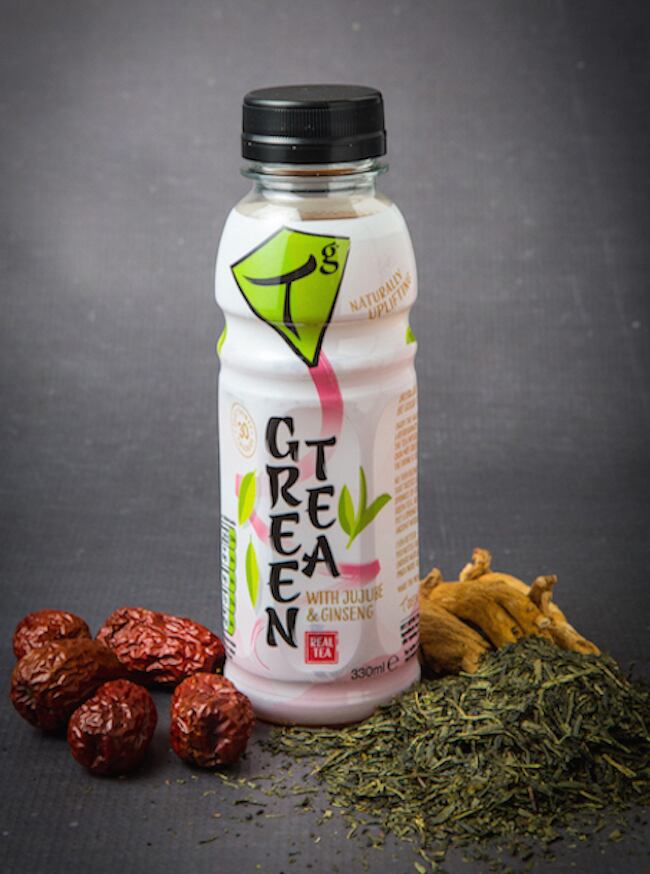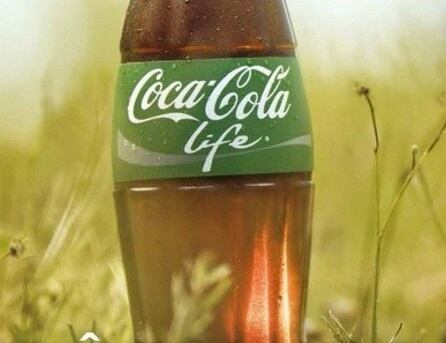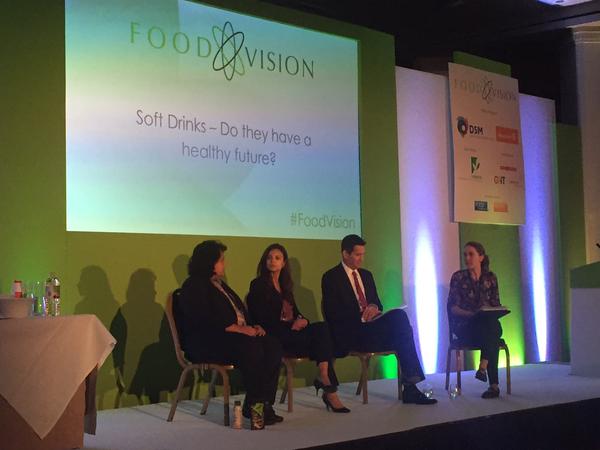Lance Leonard of True Drinks, Sophia Nadur of Tg Green Teas, and Sara Gamay of DreamPak and Press’d addressed the question as they took to the stage at Food Vision in Cannes last week. The soft drink debate was chaired by Rachel Arthur of BeverageDaily.com.
Food Vision analyses the big issues confronting the global nutrition, food and drink sectors. The 2015 event took place in Cannes last week: read a summary of the speakers and debates here.
Panellists agreed there’s potential to go beyond sweet: but said consumer tastes will take time to adjust.
They also saw a continued shift towards natural sweeteners like stevia, but warned the path is not a smooth one.
Hardwired to sweet?
As the co-founder of London-based Tg Green Teas, Sophia Nadur thinks she’s cracked ‘bitter’, with tea lending itself naturally to the sense.
“We’ve been hardwired to believe sweet is the only way that people want drinks delivered. I don’t believe that – I think we can get to other taste profiles and still get people to be happy," she said. "It just takes a while to wean people off."
The beverage start-up is launching ‘better for you’ iced tea using traditional Chinese ingredients such as ginger, ginseng, jujube and osamanthus.

“Green tea has been around for 4,000 years,” she said. “For many societies, bitter has been quite a common flavour.
“Today we try and put in milk and sugar - we put in loads of sugar and then have shortbread biscuits to eat with that!”
Nadur – who has previously worked for food industry giants such as Coca-Cola and Kraft - agreed that sweet over-dominates today’s society. But although consumers may call for low and no calorie versions, she warned taste buds may take a little while to catch up.
“With our cold drinks, I haven’t gone zero sugar and I still put a bit of cane sugar in, because I think it takes time to wean people off into other tastes.”
What should beverages taste like?
Lance Leonard, president and CEO of True Drinks and formerly of Nestlé, agreed.
“If you think about the base of kale, spinach, you have to put something sweet in it for people to think it tastes good.
“It’s all about education, getting people to try outside what they believe beverages should taste like - which isn’t always sweet.”
Earlier in the Food Vision programme, Professor Charles Spence, head of the Crossmodal Research Laboratory at Oxford University, co-delivered a session on drinking wine with all your senses. Weighing in on the soft drink debate, he commented that there is a certain preference for sweetness (which signals calorie needs) and changes according to key stages of growth.
Sugar, sweeteners, stevia…
So if sweet is still going to be mainstream – at least for some time, anyway – where do sugar and sweeteners stand?
True Drinks launched its zero sugar, zero calorie AquaBall range in 2013, which is sweetened with stevia.
“We think consumers are becoming more educated, they’re looking for more plant-based or more natural sweeteners vs artificial or synthetic sweeteners,” said Leonard.
“As they become more educated, I think it’ll be found in a lot more food and beverages. I think the hardest part with stevia is how to get the taste profile right. There are a lot of companies doing well, there are some who still need to understand how to work with the bitterness of the plant.
“I think what you’ll start to see is not only stevia but other alternatives, more natural ingredients will become popular, and we’ll see that in a lot more beverages in the coming years.”

Sara Gamay has spent several years with contract manufacturer DreamPak, an innovator in liquid beverage enhancers. She warned that preservative-free, stevia sweetened drinks are not always welcomed with open arms.
“Customers come to us and say we want something natural,” she said. “But the issues are still the taste, it’s just not there in terms of being accepted. And as well the cost, the reality is it does cost more to make a stevia based preservative free product.
“But with Coca-Cola Life coming out with stevia-based products, and other products that use stevia - I think we’ll slowly see more acceptance among consumers, but it’s still not there.”
We want stevia… or do we?
Big soft drink brands will adapt their products with different sweeteners to meet consumer desires, Leonard said.
But he used the example of Coca-Cola’s Vitaminwater, which changed the sweeteners it used to stevia – only to face a backlash from consumers who wanted the original taste back.
Nadur said stevia works well as a sweetener for her teas, because it accentuates the slightly bitter taste profile of the tea.
While stevia works for some applications, she would welcome other natural sweeteners – such as monk fruit – to the market.
“I think more and more you see consumers moving away from artificial sweeteners. I think there’s even more opportunity in the future to get even better sweeteners because people are calling out for more low sugar products.”

